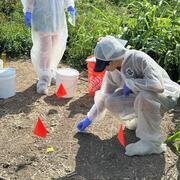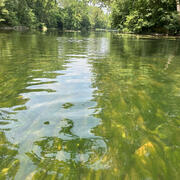Northern Prairie Wildlife Research Center
Located on six hundred acres along the James River Valley near Jamestown, North Dakota, the Northern Prairie Wildlife Research Center is one of seventeen USGS Science Centers that develop and disseminate the scientific information needed to understand, conserve, and manage the Nation’s rich biological resources.
NPWRC Science Topics
Science conducted by Northern Prairie scientists can be grouped into six primary research topics:





